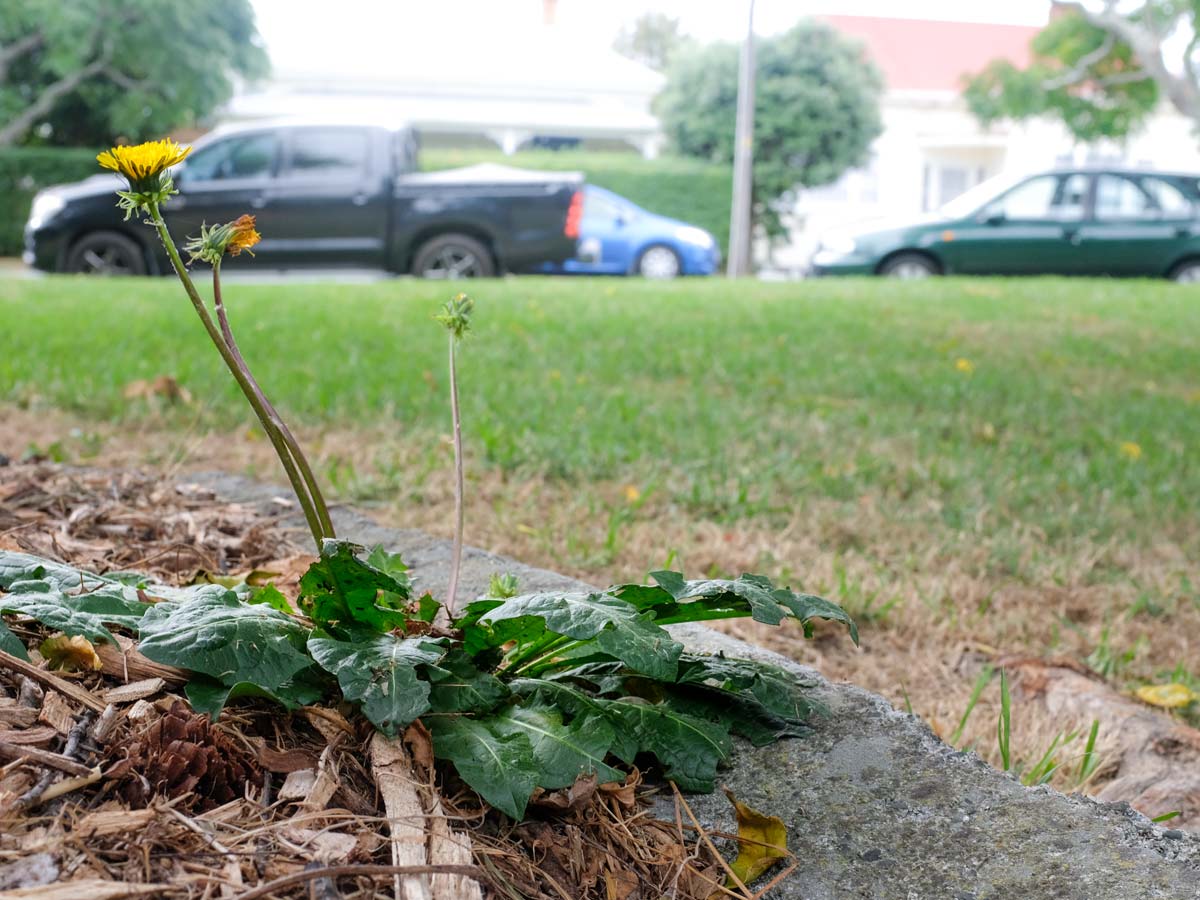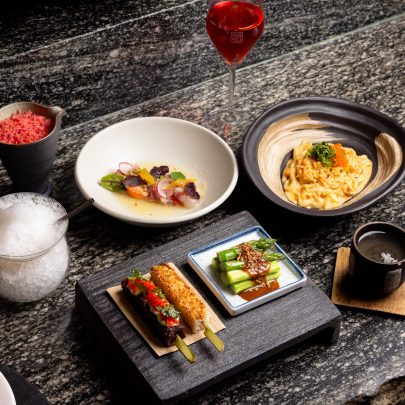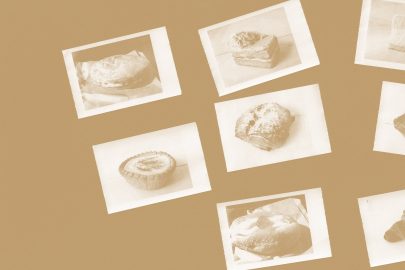Mar 19, 2020 Food
Supermarket delivery services are stretched (and the supermarkets themselves are getting tense) as more Covid-19 cases start appearing in NZ. But even if you’re in isolation, you can still go for wanders outdoors (just keep away from others!), same if you’re social distancing. So, why not turn to your neighbourhood verges as a source of kai (and adventure)?
First off, there are some rules for foraging, even if you are sticking to your own garden:
- Don’t eat anything until you know for certain what it is, that it’s edible, and not endangered.
- Don’t eat anything which has been sprayed with pesticides or weed killers (and wash everything thoroughly).
- Don’t eat anything from a polluted area.
- Always leave the root of a plant (you’re allowed to disregard that rule if you’re in your own garden and don’t mind the plant not growing back).
I’ve stuck to plants (and fungi) which can be safely and easily identified and are common to New Zealand cities.
Red clover and white clover

What it’s good for: Clovers are so small they take ages to get enough to eat, so you can kill a bit of time collecting them. Red clover is slightly tastier, but both kinds are edible: the stems and leaves are good for a salad and the flowers can be used in tea.
Dandelion
.jpg)
What it’s good for: Much like the clover, all parts of the dandelion are edible but look online and you’ll see people like to get particularly creative with this multi-purpose plant. The leaves are great in a salad, sandwich or a cheeky dandelion pesto, or you can pop them on the stove and cook them to soften the leaves or you can make dandelion fritters. You can use the flowers to make tea and if you’re enterprising enough, the roots can be used to? make caffeine-free coffee.
Fennel
What it’s good for: Use the flavourful stems and leaves for salads, soups and garnishes for an anise-flavoured kick. Collect the flowers and dry them out to collect crunchy, pungent seeds and pollen that tastes like anise and citrus – both can be sprinkled on a meal for extra flavour. Wild fennel doesn’t have a bulb that you can eat but if you manage to find a non-wild fennel plant (I doubt there would be one in your garden that you didn’t already know about), dig up the bulb (ask the owner first) that is more mild-tasting and has a lettucey crunch or is soft and sweet when cooked.
Dock and plantain

What it’s good for: A good rule of thumb for dock leaf and plantain is to treat them like spinach, cooking-wise (they even taste quite a bit like spinach). Like spinach, young leaves are soft and juicy and can be munched on fresh. Old leaves will be tough and much more bitter, so you’ll want to boil before eating to soften them. Better yet, blend them up into a soup.
Nasturtium

What it’s good for: You’ve probably spotted a nasturtium or two lurking in the salad of a plant-based cafe and the bright flowers are not only pretty as a garnish, they are juicy, spicy and tangy. The leaves are similarly spiced and are delicious in salads, sandwiches, pesto or soup.
Wood ear mushrooms
.jpg)
What it’s good for: When boiled with garlic and onion, wood ear mushrooms make delicious broth. You can then leave the squidgy mushroom in the broth and eat it. Otherwise, boil the mushroom (keep the water! That’s mushroom stock now!) and pop it in a salad with chilli and tofu or use it to add flavour and texture to a stirfry – there are actually loads of uses for this so have a Google.
Kawakawa
.jpg)
What it’s good for: You can use kawakawa to make tea or add spice to hot chocolates, meat rubs or even just dry it and use it as a peppery spice. However, the plant is a traditional Maori medicine and has a long CV of health properties: it’s antimicrobial, reduces cramping, improves circulation, and reduces inflammation (though in this specific instance that might actually be a bad thing – French authorities reckon that anti-inflammatories might worsen the coronavirus). If you chew the leaves, it serves as a diuretic, a painkiller for toothache and can be made into a balm to treat cuts and wounds. If you want to utilise these health benefits, go for the ones that the caterpillars have bitten holes in – the clever critters choose the leaves with the strongest concentration of diayangambin and myristicin – the chemical that gives the plant its health properties.
All these images were taken within walking distance of my Auckland home.





